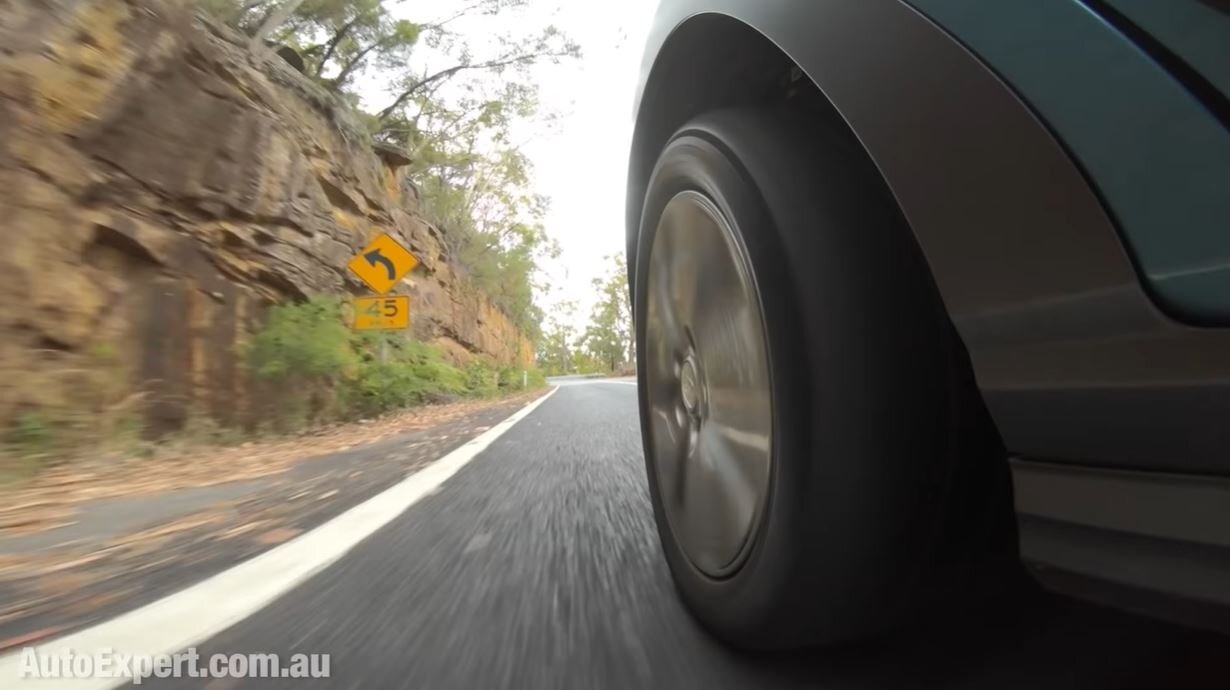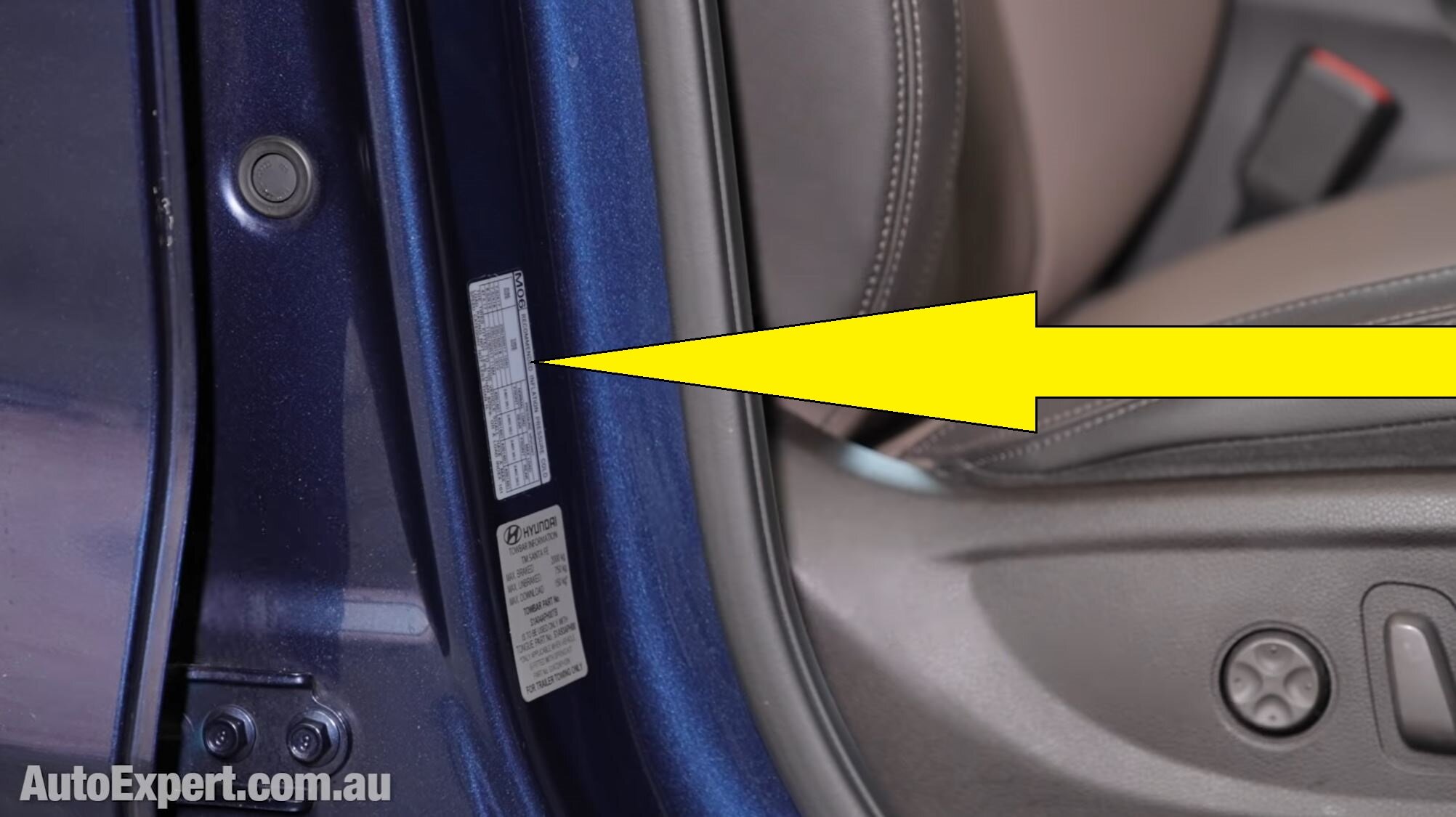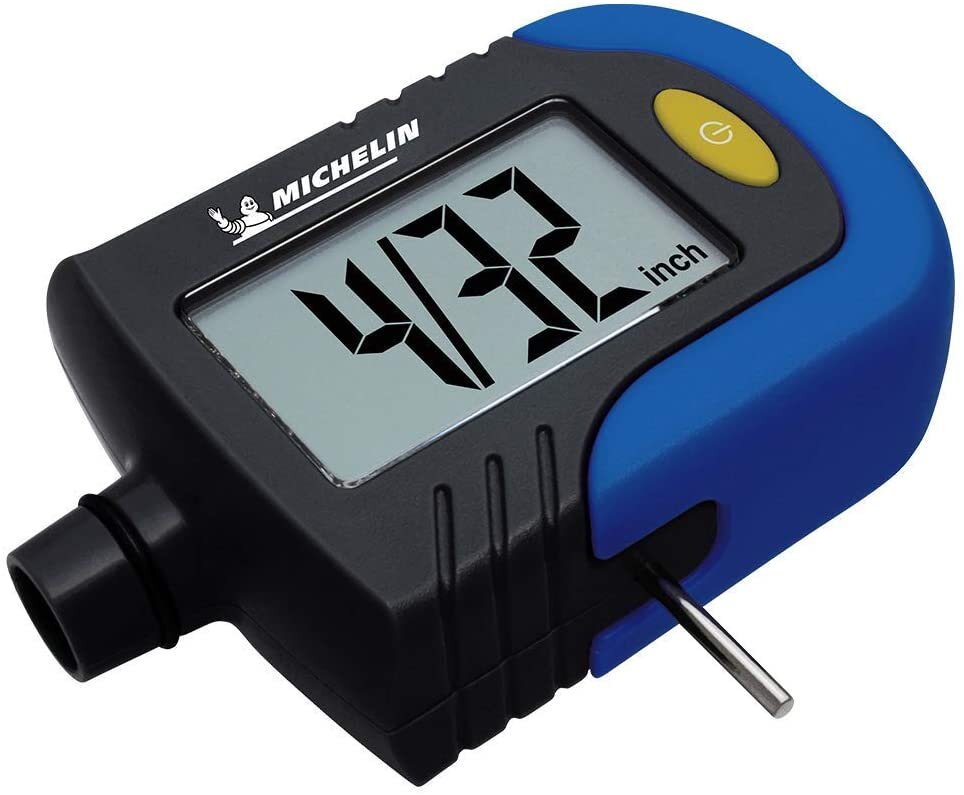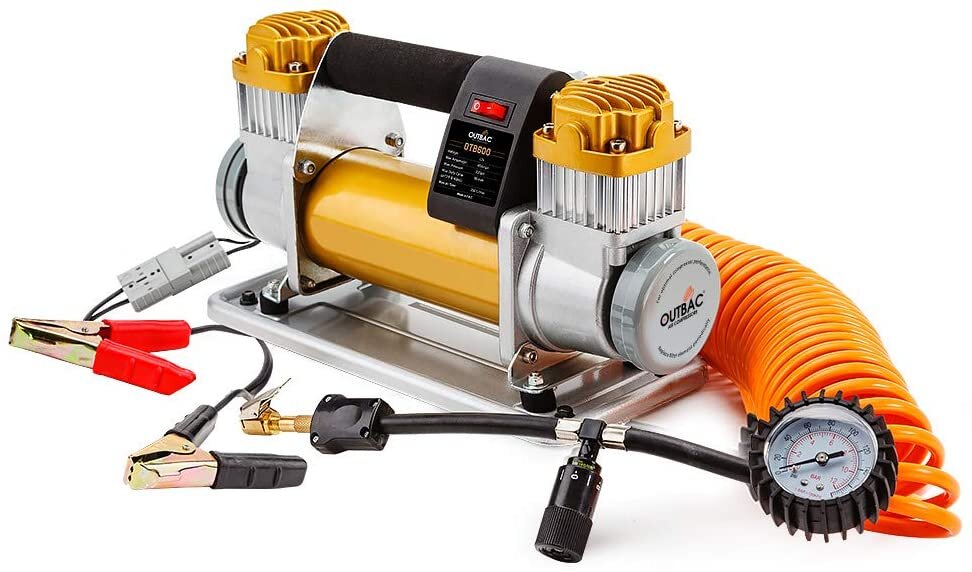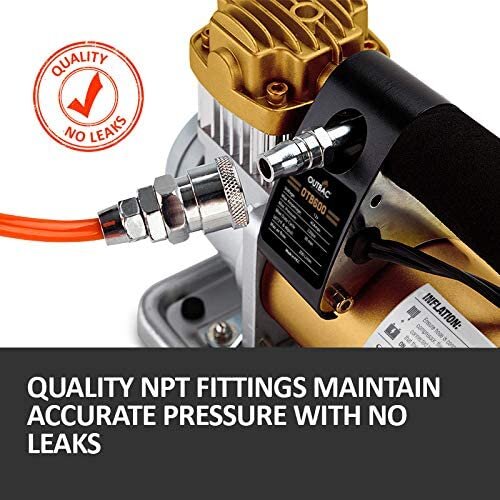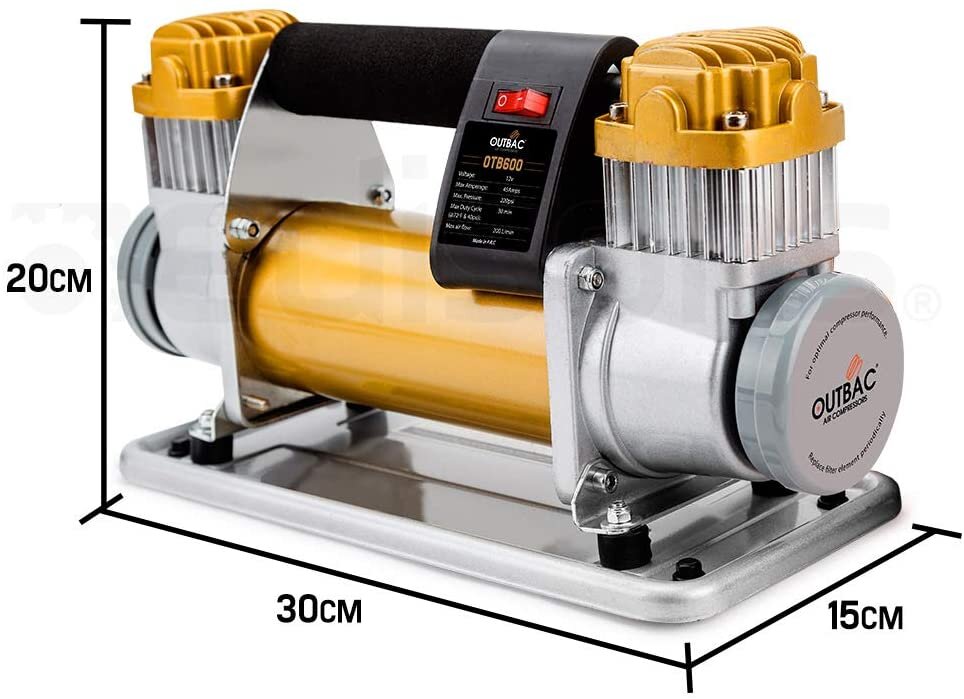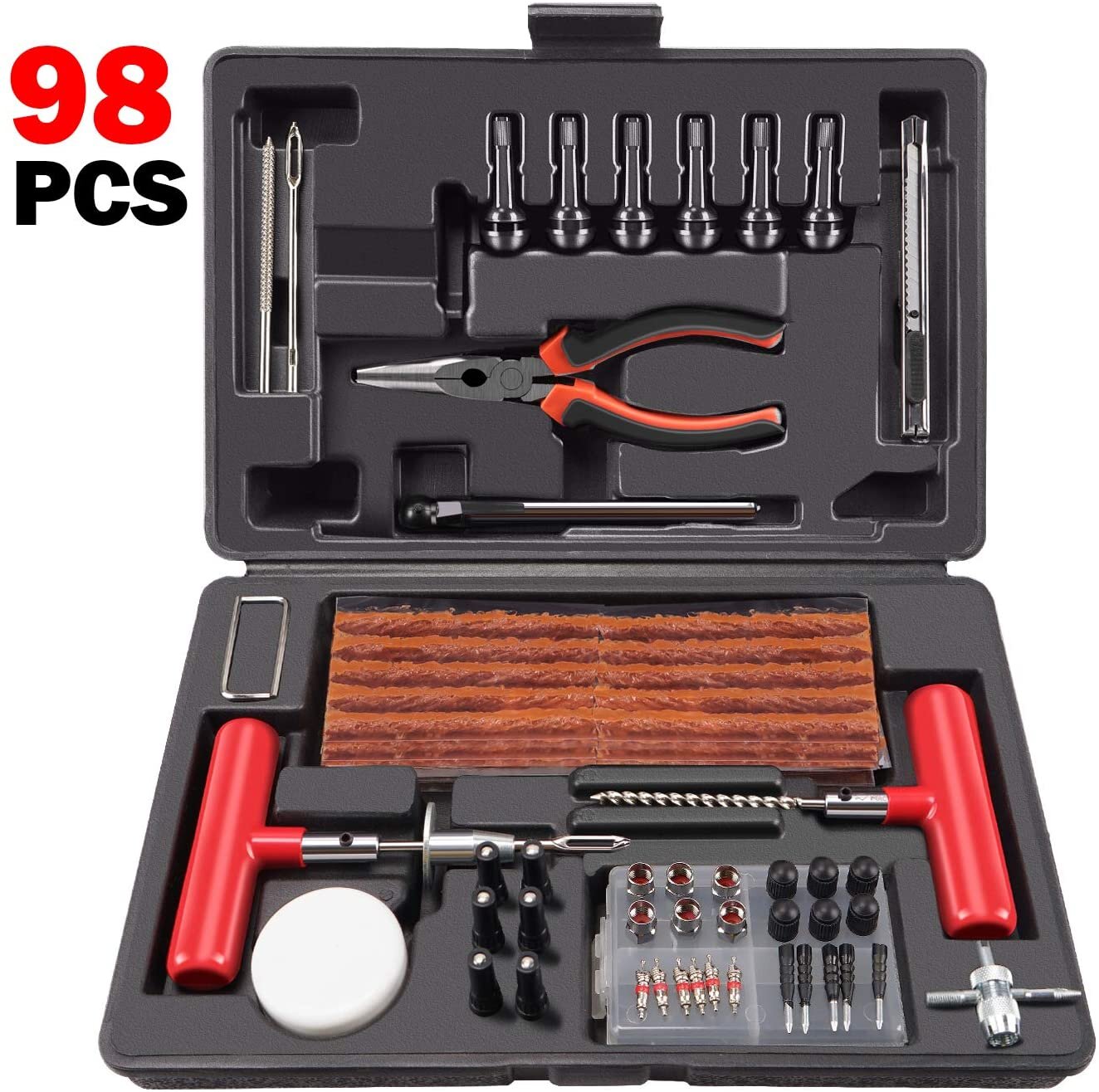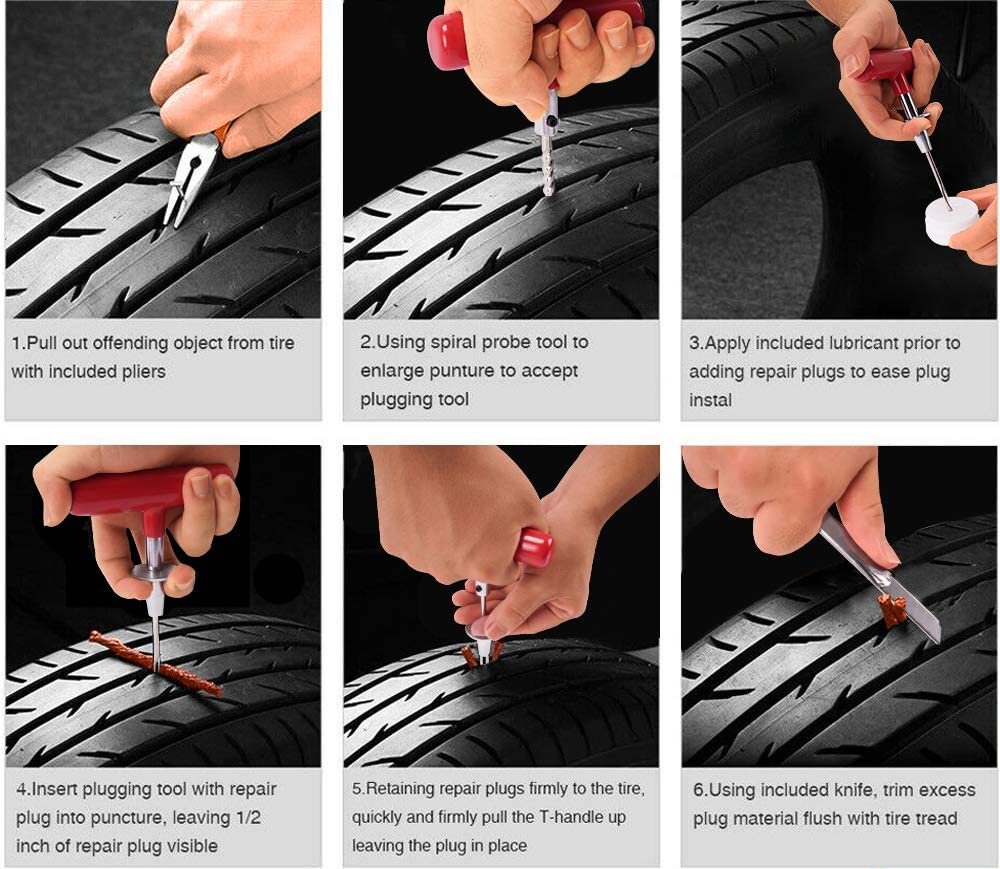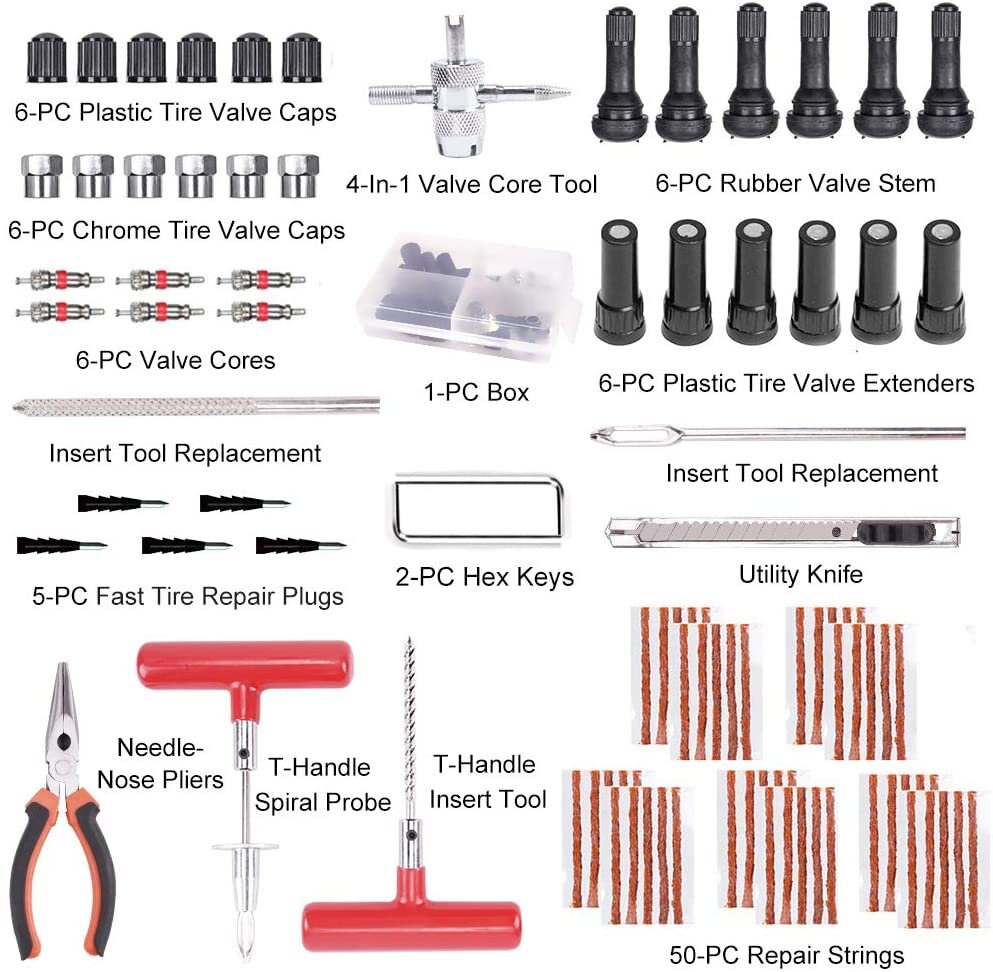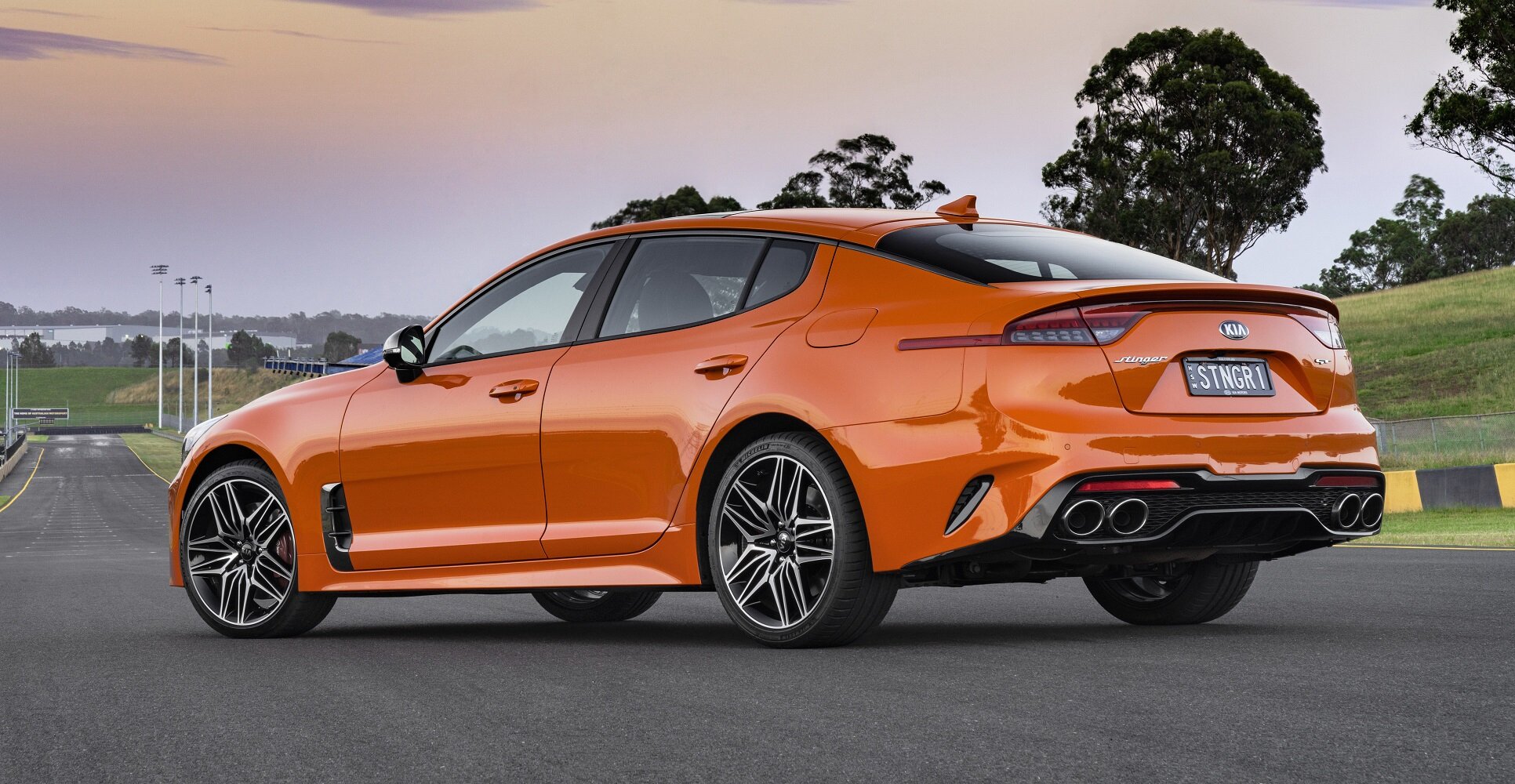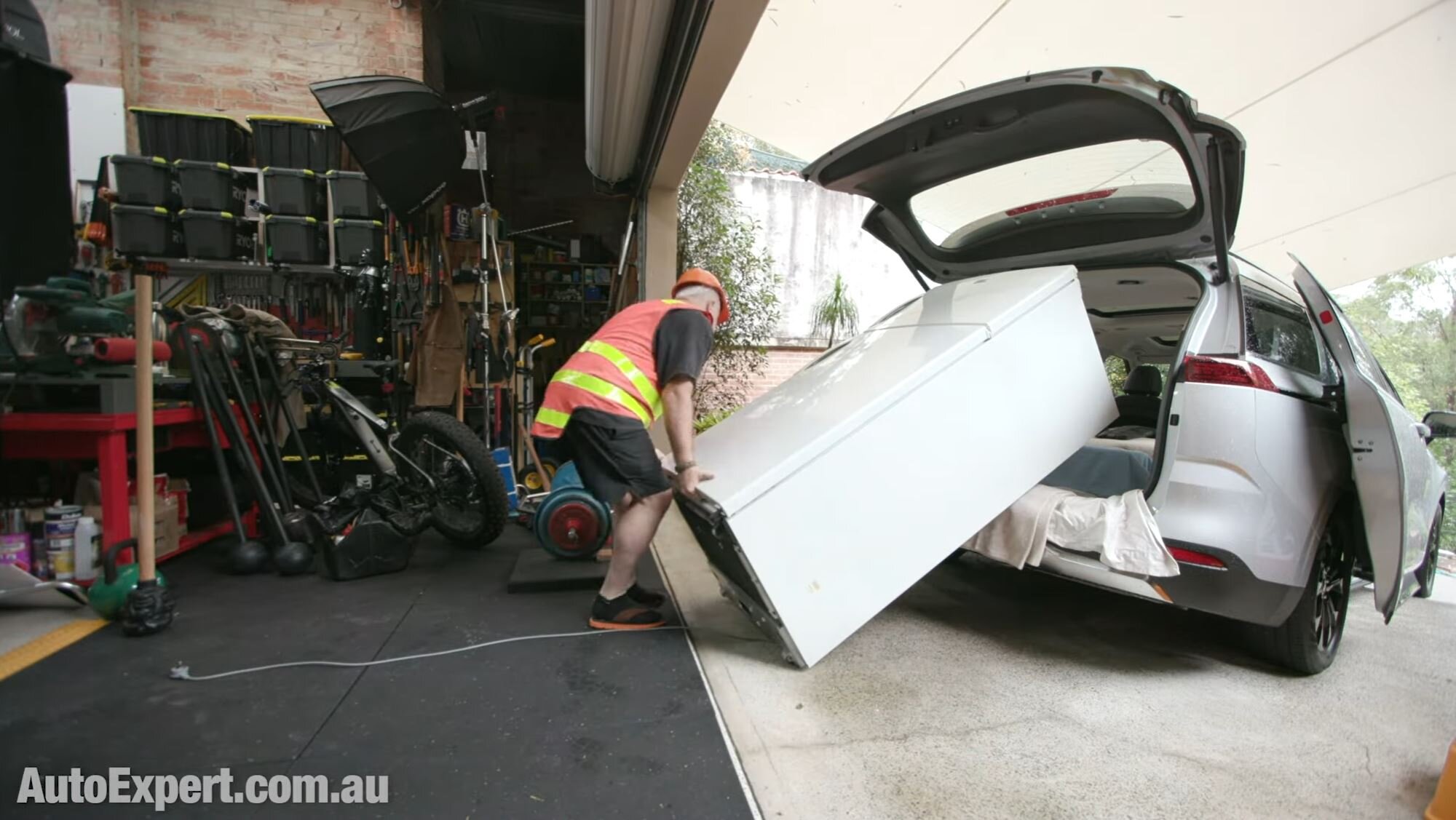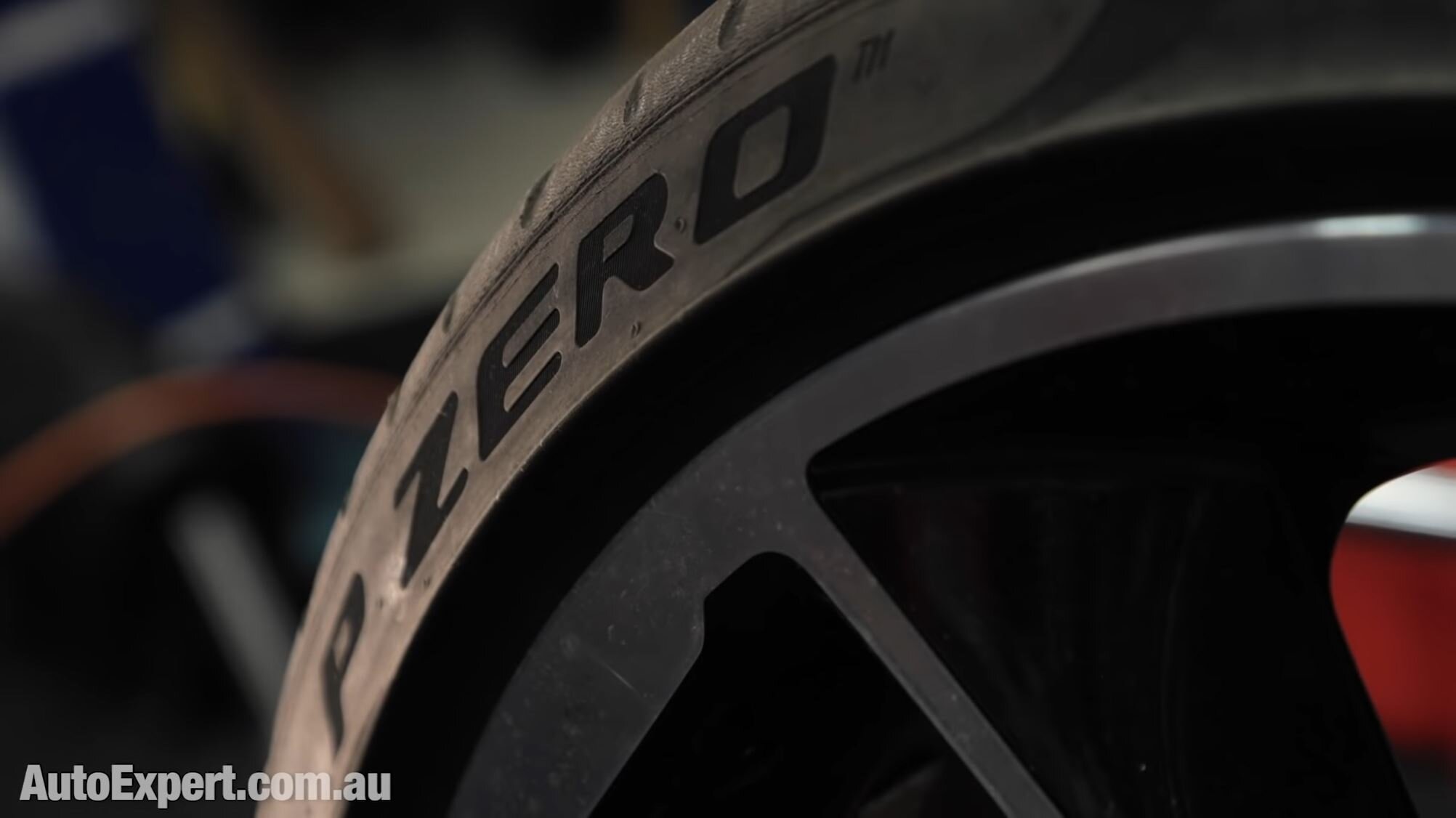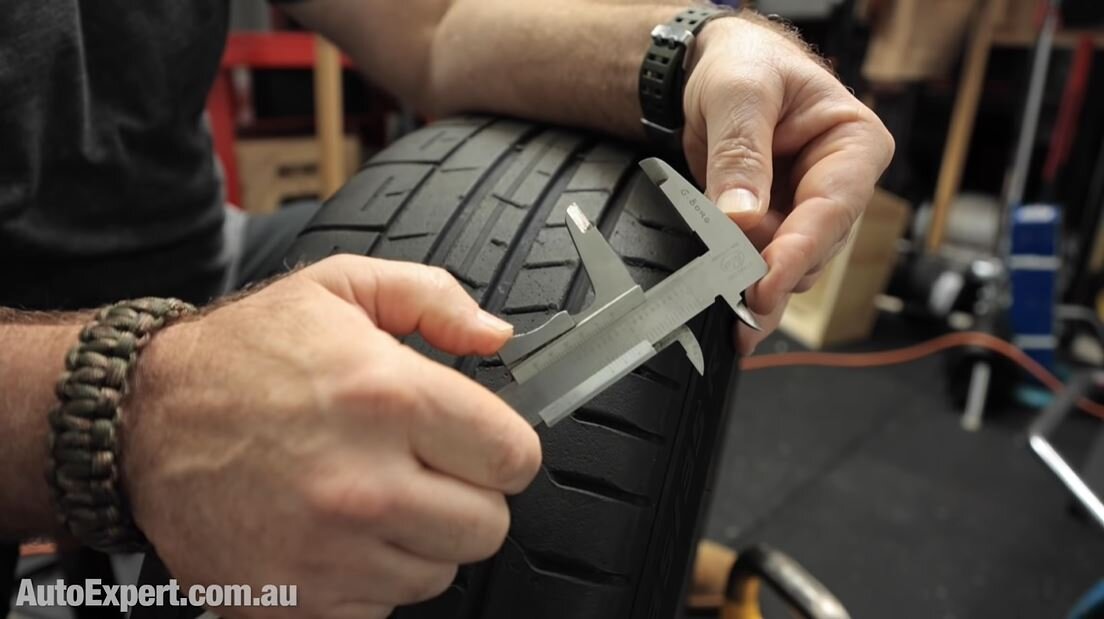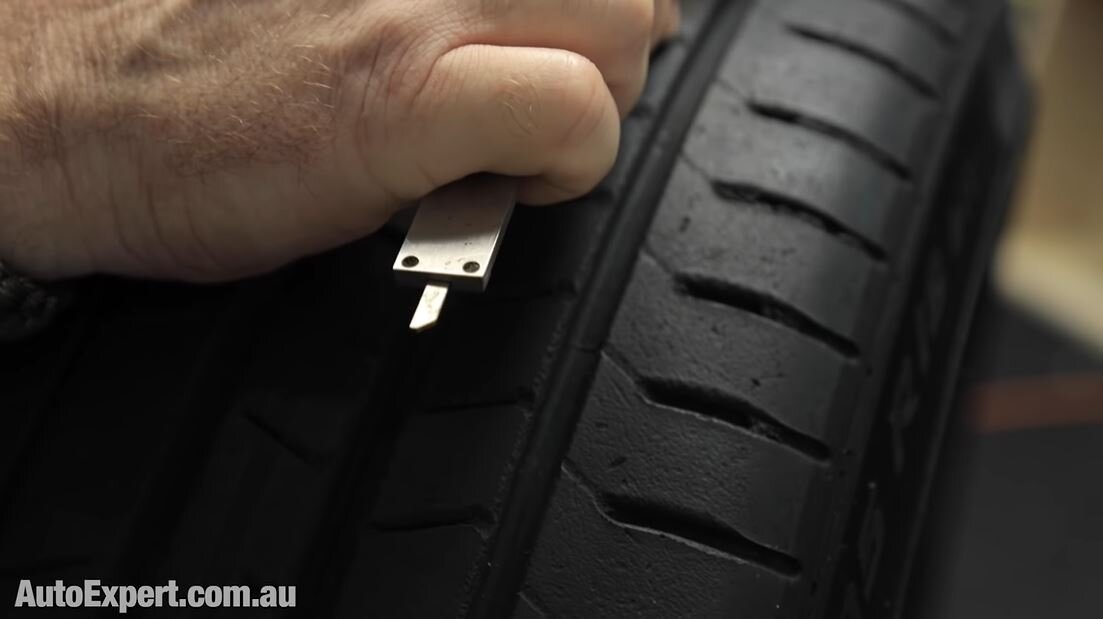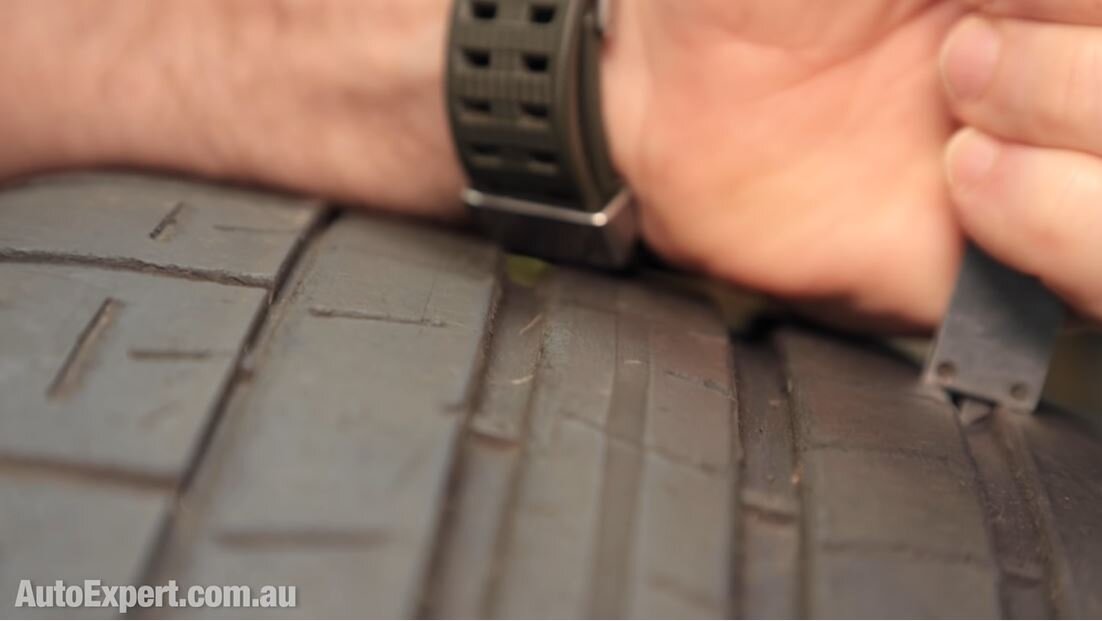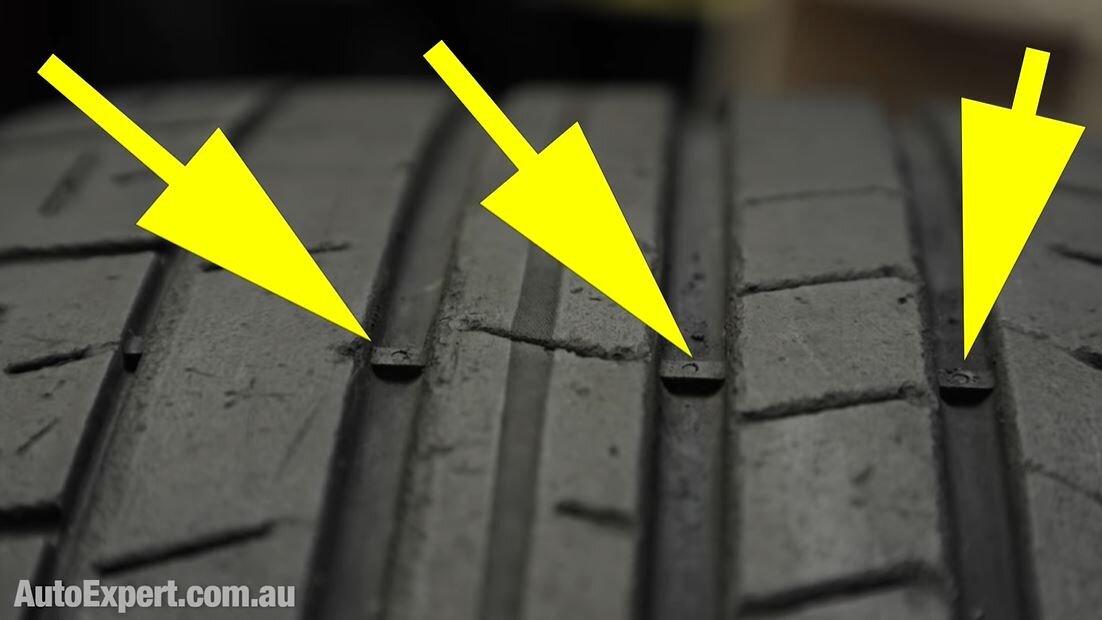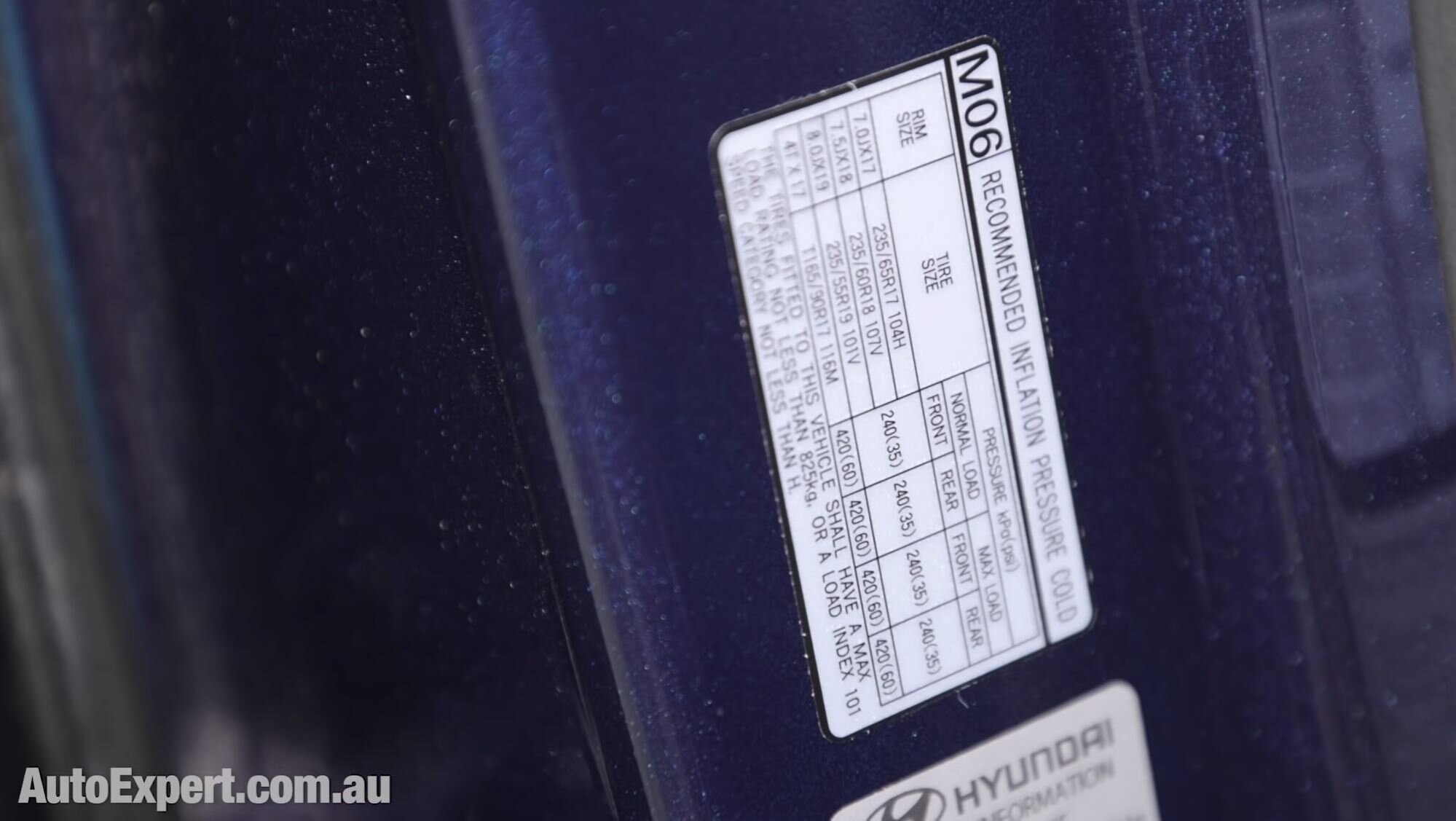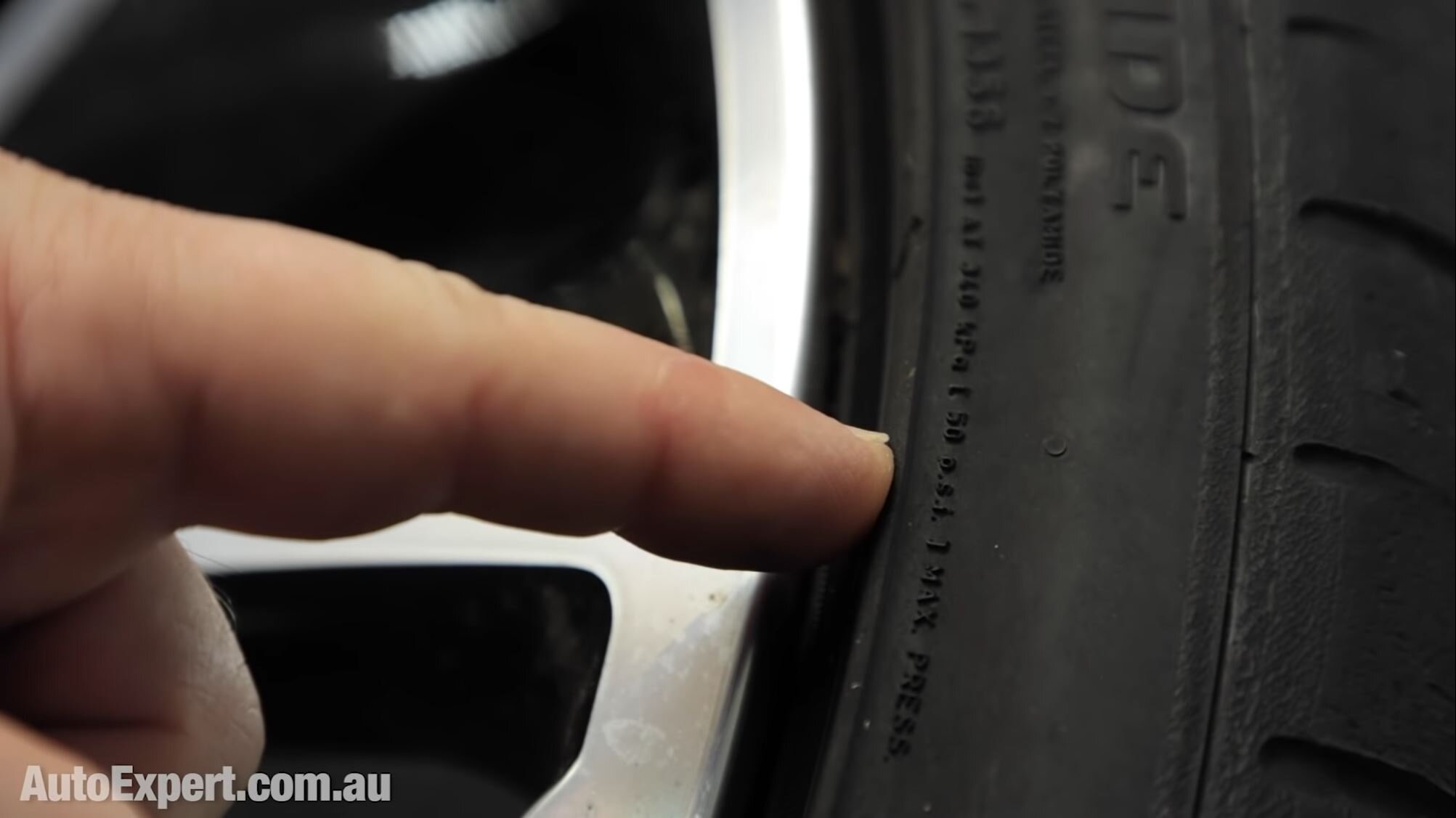Best tyre pressures for extended life, boosted safety and maximum grip
Correct tyre pressure is guaranteed to extend the life of those $800+ investments. Plus it makes a huge difference to your safety in an emergency. But what pressure is right for your car?
If you know exactly what the pressures are on your car tyres, right now, you don’t need help and you don’t need to read this report. But if you wouldn’t have a clue, it’s time to pay attention. So, what are the pressures on your car?
This is a simple question with a not-so simple answer.
It’s dead easy for mug punters out there, on the road, to presume that modern cars are, essentially, maintenance free. Like, totally maintenance free.
Only problem is, they’re not. This means, despite all the advancements in automotive technology, reliability and quality, you should still check your tyre pressures, and your vitals fluid levels, every week. Oil, coolant, brake fluid, washer fluid, tyre pressures.
Make it a ritual.
LOOKS CAN BE DECEIVING
You can lose half the air out of a modern radial tyre and it will still look and feel relatively normal in every-day driving.
However, if you have to stop in an emergency, or swerve suddenly, it’s just not going to perform very well at all. Meaning the gap between life and death becomes much smaller than it needs to be.
And there’s no backspace key or reset button in real life. As with so many things.
Air loss typically happens gradually, and you don’t feel it. It can be one PSI every week. And if your car has annual servicing intervals, and you elect not to bother checking the air yourself, after about 16 weeks, you will have lost about half the air in that leaky tyre. At that point, safety and durability are both seriously compromised. Ridiculously compromised.
And this might only happen in one tyre - further leading to instability in an emergency. So, you really do have to take responsibility for this. In a car with a tyre pressure monitoring system it can be as simple as flicking to that tyre pressure display on the menu, while you’re stopped at the lights.
But in most cars it means actually getting out in the driveway, and measuring the tyre pressures cold, before you drive off, using your own tyre pressure gauge for consistency.
If you want another reason to bother - and let’s face it, you really shouldn’t need one, because saving a life, potentially your own, should be sufficient - but here it is anyway: If you’re operating a tyre just a little bit low, the wear rate skyrockets. So you’ll be binning that $800 investment and going again, well before otherwise you might have to.
So, what’s the right pressure? This is a simple question with a not-so simple answer. I look at it like this: If you’re just an average driver with no real enthusiasm for driving, open the driver’s door, find the tyre placard (it’s on a sticker in the door frame) and run with the manufacturer’s recommended pressures.
If you’re a bit of a leadfoot, you can bump the pressure up by 10-20 per cent. So, if the manufacturer recommends 32psi all round, 36-38 is gunna be fine. You’ll get better dynamic performance, and about the same wear rate, but possibly slightly less compliant ride. It’s a better balance for more assertive driving.
For 90 per cent of people out there on the road today, this is sufficient to maximise your safety and minimise your contribution to the profits of Pirelli, Continental, Michelin, Dunlop, Goodyear, or Bridgestone, et. al. (And whatever you do, don’t buy cheap tyres from unknown brands. I’m convinced they’re just not as good at saving your neck when the chips are down.
But if you’re a proper driving enthusiast, you might want to approach this a little differently.
Equip yourself
Tyre gauge
A quality tyre gauge is essential - keep it in the glovebox, and you’ll maximise the consistency of your pressure measurements, plus you can always check the pressures before you drive off and the tyres warm up (the recommended way to do this). The gauge pictured also features a probe that digitally measures your tread depth.
12-volt compressor
It’s powered by your car’s 12-volt battery and allows you not only to maintain the pressures in your driveway or garage, but it also means you can do basic roadside tyre repairs, pump up a slow leak while on a long trip, and inflate the spare if you get a flat … and find out that the spare tyre is flat, too. (You can also potentially rescue someone else.) Team it up with a plug kit (below) and you’re halfway sorted for more remote travel.
Plug repair kit
This kit allows you to repair simple punctures at the roadside - such as when a nail or screw punctures the tread face. Often, repairs are possible without even jacking up and removing the wheel. Essentially, you remove the offending object, insert the self-adhesive plug using the tools provided, and pump back up. Obviously, you’ll need a compressor like the one above, to re-inflate. Plug kits get you mobile in minutes, in many situations where there might otherwise be an extended wait for roadside assistance - especially if this is your second puncture in the one trip. (Speaking of roadside assistance, I also offer an affordable nationwide roadside assistance package with no joining fee.)
USEFUL LINKS FOR BUYING & OWNING TYRES
Does increasing tyre size impact my warranty? >>
The complete guide to owning tyres >>
Critical tyre replacement advice >>
The truth about run flat tyres >>
10 Reasons Nitrogen Filled Tyres Are a Scam >>
Tyre Pressure Monitoring for Dummies >>
My AutoExpert AFFORDABLE ROADSIDE ASSISTANCE PACKAGE
If you’re sick of paying through the neck for roadside assistance I’ve teamed up with 24/7 to offer AutoExpert readers nationwide roadside assistance from just $69 annually, plus there’s NO JOINING FEE
Full details here >>
How to get pressure, size and type right
There is no one size fits all tyre pressure that’s just right for your car because there are so many variables
And all those variables relate to load, two different kinds of load. Static load versus dynamic load.
Static load is the easiest to consider: If you’ve got a people mover with 7 or 8 people to move around, that’s a lot of static load. If you have a heavy tradie ute and trailer at normal speeds, that’s an even greater static load and you’ll need to increase your pressures to compensate.
However, if you’re a track day nut with a Kia Stinger or i30 N or something, you have a lead foot and like sporty driving, the dynamic loads are going to be greater than Driving Miss Daisy, as experienced by the tyres. Hard braking will also contribute to this.
Tyre wear is the result of pressures in relation to static or dynamic load.
On the outside of this asymmetric Pirelli P-Zero high performance 235/35R19 it has nearly no sidewall. It has big fat blocks on the outside for cornering, circumferential grooves in the middle for high-speed stability, and tread blocks with side grooves to eject water.
If you’re an enthusiastic driver wearing tyres like this, whatever the placard says, add 20 per cent. If it says 32, go for about 36-38 as a starting point, then look at how the wear manifests across the treadface.
You can use a set of Vernier callipers with a depth probe on it, and you can stick it in each of the primary grooves and physically measure the distance to the bottom of the treadface valley.
Keep a little record and you can see how the wear is going over time; if it’s 1mm across each groove, then it’s pretty even. If you’re losing 2mm or 3mm on one side, you’re under inflated. If the wear is excessive in the centre, you’re over inflated.
Under inflation is the most common, which will present as uneven wear on the shoulders of the tyre.
In right-hand drive markets like ours, the front left-hand tyre (passenger side) is going to wear out quicker than the right-hand, because the turn radius is tighter at intersections because we drive on the left-hand side of the road from the right-hand side of the car.
Rotating tyres to keep wear even is a good idea, which you can ask a tyre retailer to do if you’re not proficient at what can be a confusing task for ordinary punters out there who aren’t mechanically minded.
If you have an all-wheel drive car, it’s good to try keeping wear even in order to avoid having one need need of replacement and three semi-okay - you want them to reach the end of their life at around the same time. Otherwise, it’s an expensive early replacement.
The only way to tell if you’ve got your pressures right, is to measure them and make long-term observation.
The correct pressure depends on you, how hard you drive, how hard you load the vehicle and how you want the car to behave.
And as for the placard pressure and going above that, I wouldn’t worry about it because manufacturers often set the placard pressure predicated on ride comfort, as well as handling, to a degree.
So if you want handling, you’ll be pumping them up and dynamic performance will improve. Ride comfort will take a bit of a hit, but I would argue that’s a worthwhile compromise because even though you might say, ‘I don’t really care about dynamic performance’, you really do if a truck goes through a red light or a kid steps out from behind a car in a school zone.
As for pumping tyres above those placard pressure, then I’d suggest read the sidewall maximum pressure limit. It’s literally printed on the tyre sidewall in small print. On this Pirelli, it’s 50PSI.
So, even if you’re pumping up to 36, 38, 40, 42 - you’re still well within the tyre manufacturer’s maximum pressure rating and that means it’s still operating safely.
All you’re doing is changing the balance between dynamic performance, ride comfort and wear rate. And you want to get that balance right because saving your life is important.
If you’re a diligent driver you can avoid having to do that emergency swerve or hard braking operation, but it’s nice to be able to do that in a worst-case scenario. Having correct pressures will make that manoeuvre much easier.
It’s also going to save you money, getting this right.
I encourage you to take notice of how your tyres are performing, because if you notice a worn edge or uneven scrubbing, you can adjust your pressures or notice an alignment problem and have it sorted before it becomes even worse.
Paying attention to your tyres can save your life and certainly save you money.


